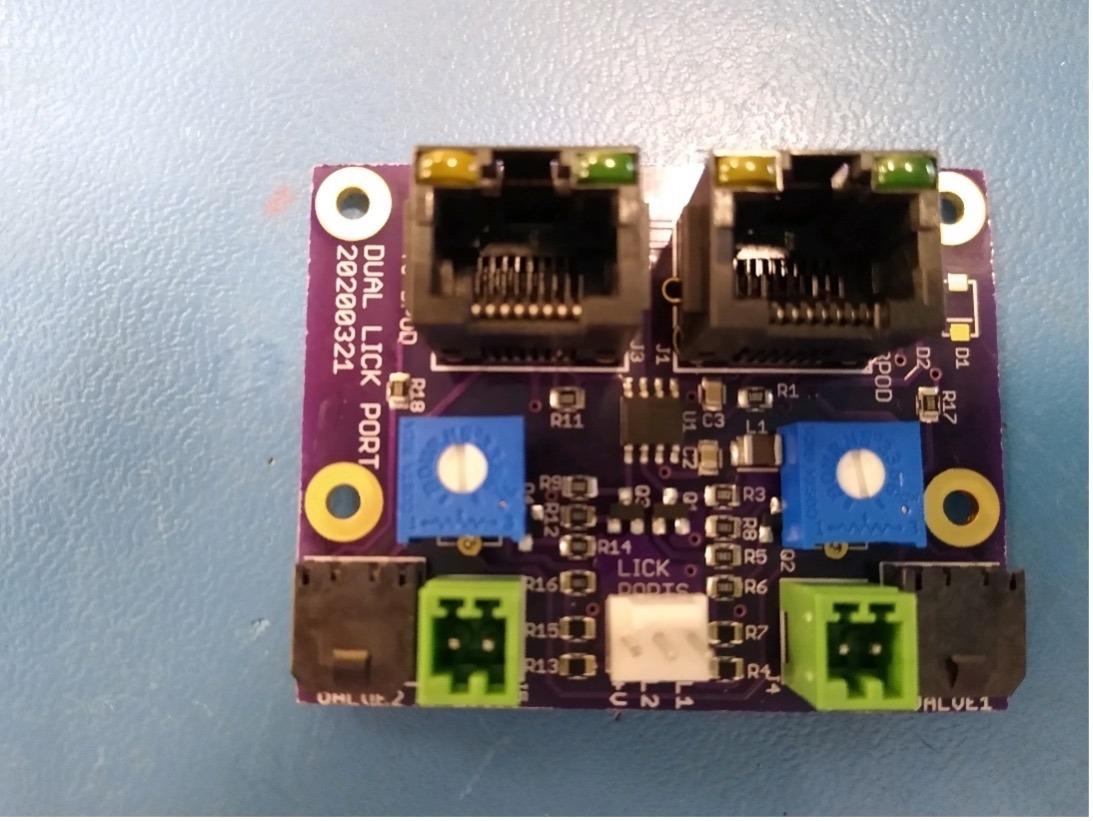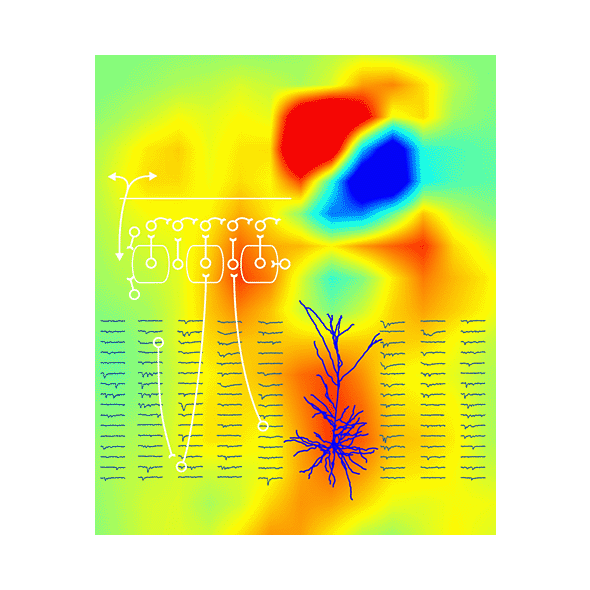Main Menu (Mobile)- Block
- Overview
-
Support Teams
- Overview
- Anatomy and Histology
- Cryo-Electron Microscopy
- Electron Microscopy
- Flow Cytometry
- Gene Targeting and Transgenics
- High Performance Computing
- Immortalized Cell Line Culture
- Integrative Imaging
- Invertebrate Shared Resource
- Janelia Experimental Technology
- Mass Spectrometry
- Media Prep
- Molecular Genomics
- Primary & iPS Cell Culture
- Project Pipeline Support
- Project Technical Resources
- Quantitative Genomics
- Scientific Computing
- Viral Tools
- Vivarium
- Open Science
- You + Janelia
- About Us
Main Menu - Block
- Overview
- Anatomy and Histology
- Cryo-Electron Microscopy
- Electron Microscopy
- Flow Cytometry
- Gene Targeting and Transgenics
- High Performance Computing
- Immortalized Cell Line Culture
- Integrative Imaging
- Invertebrate Shared Resource
- Janelia Experimental Technology
- Mass Spectrometry
- Media Prep
- Molecular Genomics
- Primary & iPS Cell Culture
- Project Pipeline Support
- Project Technical Resources
- Quantitative Genomics
- Scientific Computing
- Viral Tools
- Vivarium
Dual Lick Port Detector
Detector for rodent behavior experiments
The Dual Lick Port Detector board provided here is used to detect a rodent drinking from one of the multiple outlets in a behavior experiment.
The dual lick port detects using a small current through each lick port to trigger an output voltage change when the subject takes liquid and completes the circuit. This allows the lick ports to be placed closer together and avoids possible cleaning problems with optically-based lick ports. The board supports two independent lick ports. The circuit is designed to interface to either two BPod lick port connectors or a generic interface (mutually exclusive). Both interfaces are galvanically isolated from the lick detection circuits. The generic interface can be powered by 5 volts or 7-24 volts. The higher voltages utilize a DC-DC converter to create the 5-volt supply. In addition, the BDOD valve and LED connections are brought out.
Opportunity:
The description and plans are offered through a free, open-source hardware license via the Flintbox link at the right.
Tech ID: 2021-022


